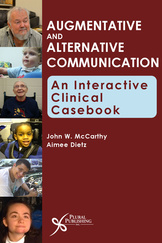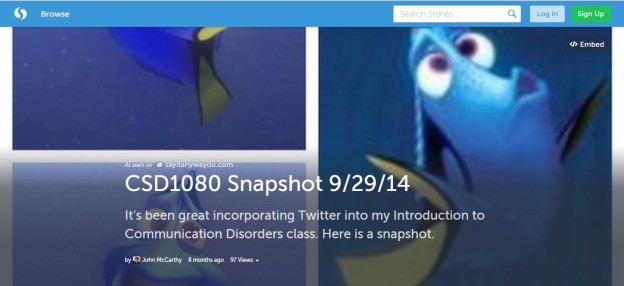Thanks to Plural Publishing for helping me and Aimee Dietz produce AAC: An Interactive Clinical Casebook for speech-language pathology students and professionals.
Aimee and I set the stage for the resource by considering what it takes to move from being a beginning to an expert clinician.
This was a project 4 years in the making. We are so grateful to the incredible contributing authors for their work and to the people and families willing to share their stories so that students and professionals can learn and grow as a result.




